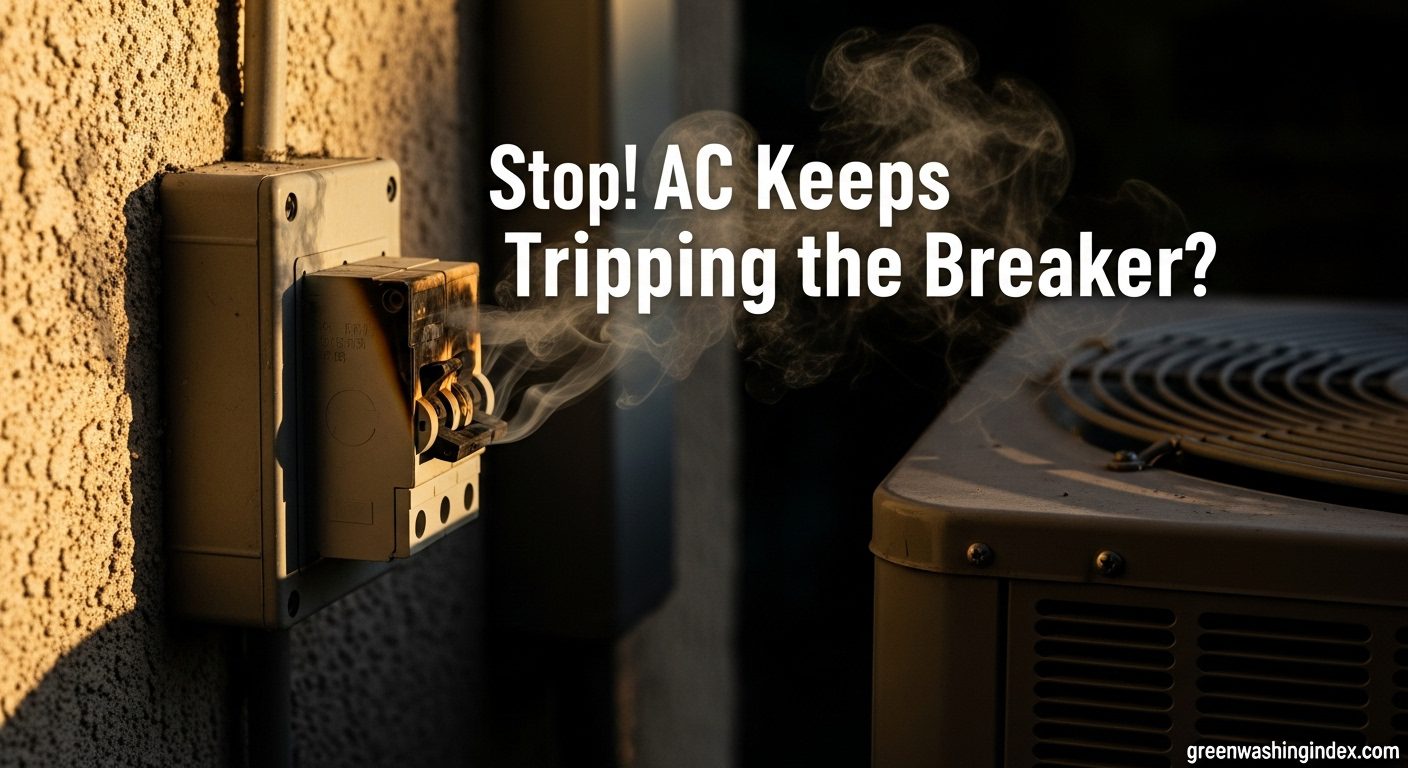
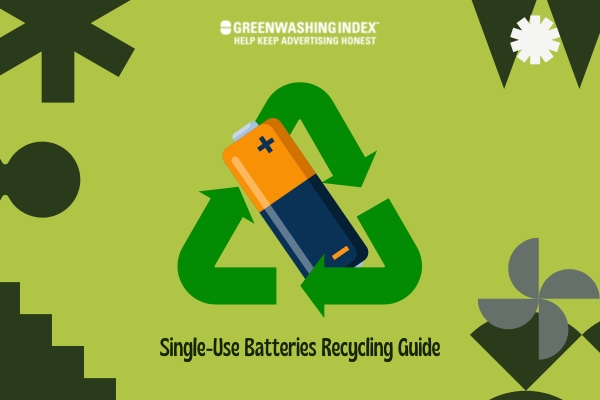
Have you ever wondered what happens to single-use batteries once their life ends? As convenient as they are, tossing them in the trash is a no-no for our planet’s health. Imagine if we could give these batteries a new lease on life! Well, I’m here to tell you that you really can make a difference – and it all starts with recycling single-use batteries.
If you’re asking whether single-use batteries can be recycled, the answer is yes! Battery recycling isn’t just eco-friendly; it prevents hazardous materials from harming our environment. By turning in your old batteries, metals like zinc, manganese, and steel get a second chance to shine in new products.
And don’t worry about tossing various types or sizes; from small AA cells to the larger C and D types, they all have a place in the recycling bin.
When I start talking about single-use batteries, some folks might get confused. You know, the regular batteries you put in your remote or flashlight? Those are single-use batteries because you can’t charge them again. They get the job done and then they’re spent, not like the rechargeable ones that you can use over and over.
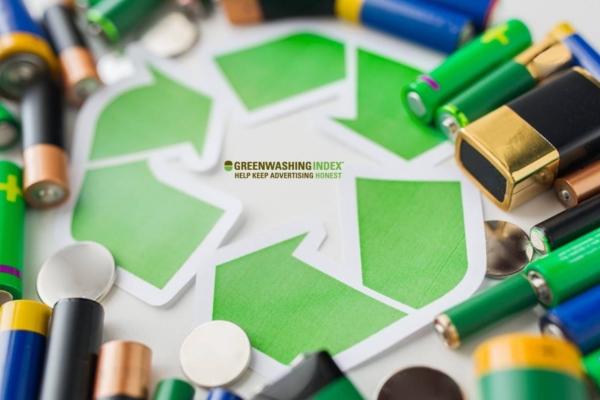
So, here’s a big question: Can these single-use batteries be recycled? The answer is yes, they can! But it’s not as simple as recycling a plastic bottle or a paper bag. These batteries need special care when it comes to recycling because they’re made of chemicals and metals that can be harmful if not handled right.
Okay, now let’s dig deeper into this whole battery recycling business.
First off, why is it so important to recycle these little power packs properly? Well, they’ve got stuff inside them like mercury, lead, cadmium, and nickel. These things are bad news for the environment if they end up in landfills where they can leak nasty chemicals into the ground and water. That’s why we’ve got to be careful with them.
Secondly, how do we actually recycle these single-use friends? They’ve gotta go through a process where professionals take them apart safely. The metals inside are valuable and can be reused for new things – we’re talking about being eco-friendly here!
Now comes the important part of how to do this:
So that’s what I know about eco-friendly practices when it comes to getting rid of old single-use batteries properly through recycling! It takes a bit more effort than other kinds of recycling but think of the difference it makes: keeping harmful stuff out of our ground and reusing valuable materials so nothing goes to waste!
Also Read: Shoe Recycling Made Easy: Your Ultimate Guide
Before I get into the details, it’s important to know that recycling single-use batteries is a key step in being kind to our planet. These batteries often end up in landfills if we don’t take the right steps to recycle them. But what kinds of single-use batteries can you recycle? Well, there are quite a few, but let’s focus on some common ones: AA, AAA, C, and D batteries.
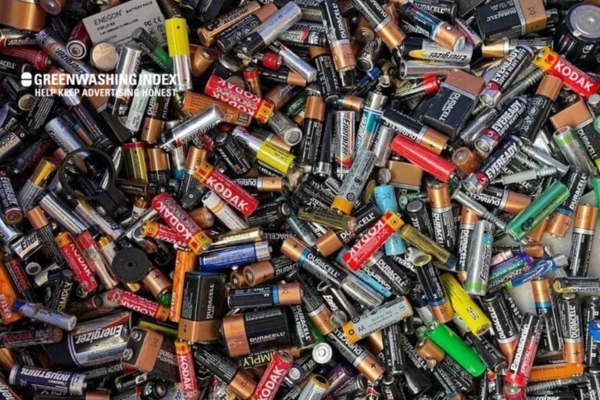
AA single-use batteries are used everywhere – from remote controls to wall clocks. They’re small but mighty and pack enough power for lots of devices around your home.
When it comes time to recycle these little guys:
Some stores even have recycling bins just for these kinds of items. Just look for clear signs saying “Battery Recycling” when you enter.
Just like their AA cousins, AAA single-use batteries pop up in smaller gadgets at home. Their size is smaller but don’t be fooled – they need recycling just as much as any other battery.
To recycle AAA single-use batteries:
Some places may also offer mail-in programs where you send off your used batteries rather than taking them somewhere yourself.
Now onto C and D sizes – these big brothers often go into higher-powered devices like toys and boomboxes. Due to their size and composition, it’s all the more critical we handle them properly when they’re used up.
To tackle C and D single-use battery recycling:
Remembering our environment means giving life back to what powers our lives by taking these simple steps towards battery recycling whenever needed!
Following these guidelines when it comes time to dispose of our everyday power sources not only ensures we’re living eco-friendly lives but proves that caring for our planet starts at home—one recycled battery at a time!
Also Read: Lithium-Ion Battery Recycling Guide: Ultimate Sustainability Tips
When we talk about battery recycling, it’s crucial to look at what batteries are made of. Single-use batteries come in various chemistries, each affecting the environment differently.
So first, let’s dive into alkaline single-use batteries. Here’s something super important that many folks don’t know: alkaline batteries can be recycled. A lot of times, people think they can’t, but that’s not true.
Here’s why recycling them matters and how it works:
Check with your local waste facility; often they’ll have guidelines for battery drop-off.
By taking these steps seriously with our alkaline single-use batteries we add up to big eco-friendly practices.
Now let’s talk about lithium and other types of single-use batteries like silver oxide or zinc-carbon ones.
Here’s what happens when we choose to recycle them:
Remember though:
Safety first: Because mishandling lithium could cause fires (and nobody wants that), always follow guidance from your local waste authority on how best to bring ’em back to Full Circle without causing any harm!
Following these detailed steps on what I’ve shared about both alkaline and lithium single-use battery recycling helps us all do right by our planet Earth – piece by piece we build a greener tomorrow with our daily choices today!
Also Read: Solar Batteries Essentials: Top Tips for Savvy Shoppers!
When it comes to getting rid of single-use batteries, knowing where to take them for recycling can be a bit tricky. I want to make this simple for you, so I’ll walk you through finding local places that will happily take those batteries off your hands.
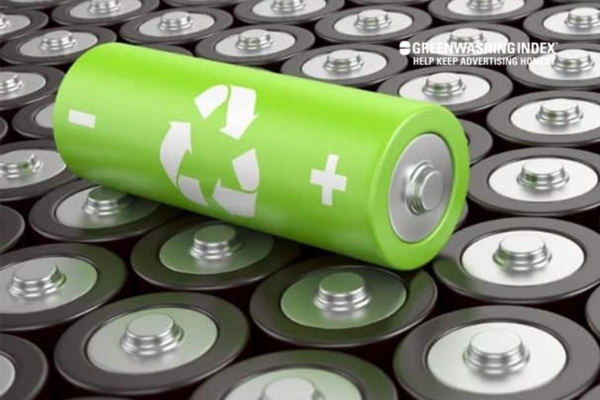
First things first, let me show you how to locate spots near you that accept single-use batteries for recycling. Follow these tips:
Now, whenever I need to get rid of my single-use batteries, I use these steps myself – they make the entire process much simpler and help me do my part in being more eco-friendly with less hassle! Remember when following them yourself, always check if there are any fees involved or specific types of the battery accepted as regulations vary by location and center.
Also Read: Car Battery Recycling: A Thorough How-To Guide
Single-use batteries are common in many households, powering everything from remote controls to children’s toys. Once they’re dead, you can’t recharge them – but you can recycle them! Now, I’m here to guide you through the steps for prepping these batteries safely so they’re ready for recycling.
When it comes to dealing with single-use batteries, we must be careful. Here’s a step-by-step list of what to do:
Handling and recycling single-use batteries doesn’t need fancy words or complicated steps – just straightforward care and attention following these tips above will get us closer to being eco-friendly whilst keeping safe!
Also Read: Light Bulb Recycling: Essential Steps to Save the Planet
Figuring out the best way to recycle single-use batteries can seem tricky. I want to help you understand which recycling option fits your needs. When tossing old batteries into the bin, remember that being kind to our earth matters. Let’s break it down so it’s super simple.
When looking at where to take your single-use batteries for recycling, two options typically pop up: services that won’t cost you a penny and those that will have you reaching for your wallet.
Each of these choices is friendly to both our environment and your budget. They’re made to be easy to use so more folks will do the right thing with their used-up batteries.
These options might hit your pocket but sometimes promise extra services or convenience in return.
Knowing this helps me make smart decisions about eco-friendly practices without getting lost in all the info out there. Remember this golden rule – don’t just throw them away; pick the right route for handing off those tired-out single-use buddies for a new lease on life!
When I think about getting rid of my used-up single-use batteries, I know it matters how they’re handled. That’s why finding a place nearby that takes these batteries and recycles them is important to me. It makes sure they don’t harm the environment.
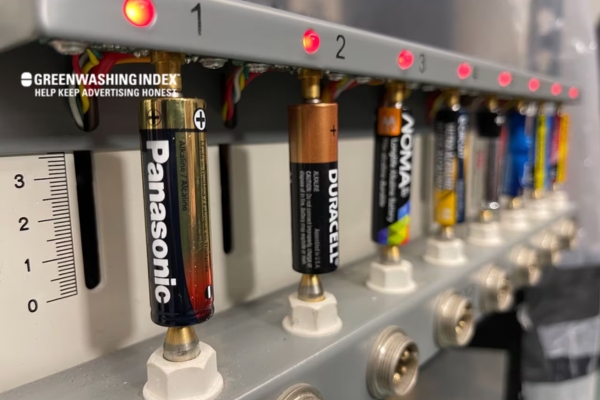
Have you ever wondered what to do with those dead batteries lying around? Sure, tossing them in the trash seems easy but it’s bad for our planet. So, I figured out a better way. There are resources right there on the internet that can point you to your nearest battery recycling spot. Let me tell you how simple this can be:
Step 1: Do a Quick Web Search
Type something like “battery recycling near me” into your favorite search engine.
Step 2: Use Online Directories
There are websites designed just for this purpose. They list drop-off locations by zip code or city name.
Step 3: Check Local Stores
Sometimes ordinary stores take back batteries for recycling.
Step 4: Community Recycling Programs
Keep an eye out for community events or permanent community centers that accept single-use batteries.
Remember, not all places handle single-use battery recycling so it makes sense to check first rather than make a trip for nothing. By taking the time to dispose of these little energy sources responsibly, we join hands in eco-friendly practices that could save our planet one battery at a time!
Also Read: Monitor Recycling: Your Ultimate Easy Guide Today!
When we talk about the lives of single-use batteries, it might seem like it all ends when they stop giving power. But that’s hardly the case. Through battery recycling, these small energy sources can begin a new chapter. Let me walk you through their journey.
After you drop off your single-use batteries at a recycling center, they aren’t just left sitting around. No, they go through an exciting process to bring valuable materials back into use. Here’s what happens:
Step 1: Collection and Sorting
First of all, your batteries are gathered with others and sorted by type because different kinds need different recycling methods. It’s like separating apples from oranges before making fruit juice.
Step 2: Crushing or Shredding
Next comes the crushing or shredding part where these batteries are broken down into smaller pieces. This makes it easier to handle them and gets them ready for the next phase.
Step 3: Separation of Components
Once crushed, a special process separates metals from other materials inside the battery like plastic and paper labels. Think of it as fishing out coins from a jar full of sand.
Step 4: Metal Processing
Now we focus on the metals pulled out from those batteries. Metals like zinc, manganese, and steel are cleaned and melted down to be used again—almost like turning old jewelry into brand-spanking-new treasures.
Each step is important because it makes sure that every bit as much value is recovered as possible from these single-use batteries that could harm our planet if tossed aside carelessly.
Through this detailed process, single-use batteries get more than just a second chance—they contribute to less waste, saving natural resources and helping us keep our environment cleaner for everyone’s future!
Also Read: Wood Recycling: Discover Secrets for a Greener Future Now
As I’ve spent a lot of time learning about batteries, I know quite a bit about single-use batteries. These are the batteries you buy, use until they’re out of power, and then throw away. People use them all the time in things like remote controls and flashlights. Let’s look at both the good and bad sides of these batteries in simple terms.
Pros of Single-Use Batteries:
Cons of Single-Use Batteries:
Now for the recycling part – it’s an eco-friendly practice that takes care of our earth by making sure we don’t toss everything into landfills or let chemicals leak out into nature.
In detail:
Battery Recycling is important because:
Knowing this makes me always think twice before just throwing away used single-use batteries because their story shouldn’t end in my trash bin but rather with recycling where they can do some good instead!
So yeah, while there are clear benefits to using single-use batteries for convenience or emergencies if needed – it’s also clear we have better options like recharging ones! But if I do use them – remembering battery recycling is key!
Through this guide, we’ve navigated the crucial path of single-use battery recycling. We’ve discovered that these batteries, once deemed as trash, hold value even after their energy is spent. By taking the responsible steps to recycle them, not only do we contribute to eco-friendly practices but also harness materials that can be reused in varied applications.
Recycling single-use batteries is more than a good habit – it’s a commitment to our planet’s well-being and a direct act against needless waste. While the journey from dropping off used batteries at collection points to their final reincarnation involves numerous steps, each one is essential in crafting a greener future.
From individual users to large corporations, understanding the nuances of handling and properly disposing of single-use batteries is critical. It’s about making informed choices and recognizing our role in the lifecycle of products we consume daily.

Don't let aphids, slugs, and caterpillars ruin another plant. Take back control with simple, natural methods that actually work.